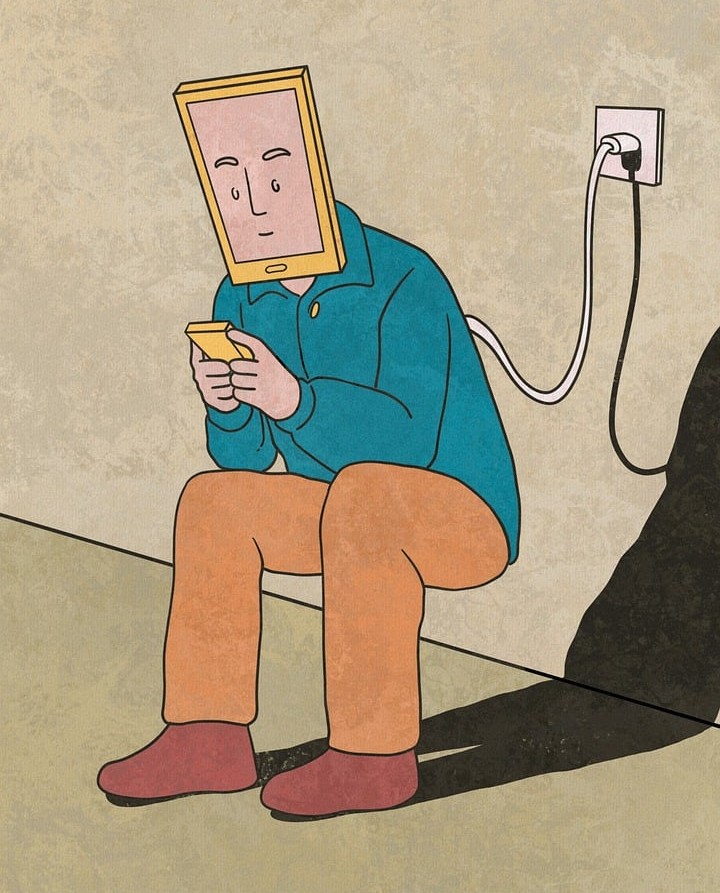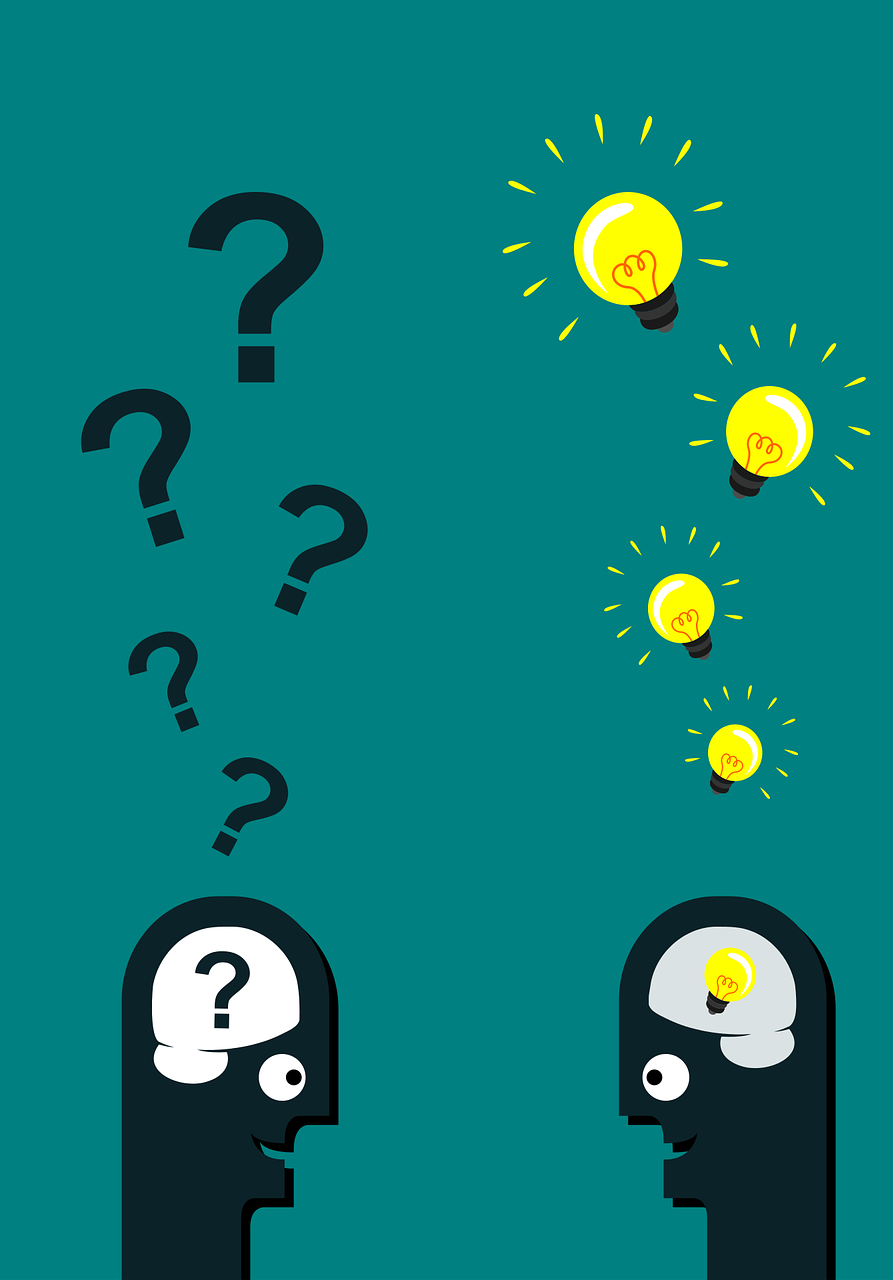Summary:
This article delves into Understanding Addiction and Recovery, exploring its definition as a chronic brain disease, the neurological and environmental factors that drive it, prevalent myths that obstruct help-seeking, and evidence-based strategies for overcoming it. We highlight key risk factors—including genetics, trauma, and social influences—and clarify why willpower alone is insufficient. Moreover, we outline actionable steps individuals and communities can take to foster resilience and facilitate recovery, drawing on global research and real-world examples.
Introduction
Understanding Addiction and Recovery begins with recognizing that addiction is not a moral failing but a treatable medical condition. Do you ever wonder why quitting feels impossible, despite the desire to change? Therefore, this guide walks you step by step through how addiction develops, why myths hold us back, and how to find clear, practical paths to healing—no matter where you live or what background you have .
Table of contents
- Introduction
- 1. What is Understanding Addiction and Recovery ?
- 2. How does addiction affect the brain?
- 3. Which factors influence Understanding Addiction and Recovery risks?
- 4. When should someone seek help for addiction?
- 5. What proven strategies support Understanding Addiction and Recovery ?
- 6. Where can individuals find reliable addiction resources?
- 7. Why do common myths hinder Understanding Addiction and Recovery ?
- 8. How can communities combat addiction effectively?
1. What is Understanding Addiction and Recovery?
Understanding Addiction and Recovery involves viewing addiction as a chronic, relapsing brain disorder marked by compulsive engagement in rewarding stimuli despite adverse consequences .
Moreover, medical experts define it as a treatable condition resulting from interactions among brain circuits, genetics, environment, and life experiences .
- Key point: Addiction alters brain function in reward, motivation, and self-control pathways, making cessation challenging.
- Practical takeaway: Recognize that treatment—much like for diabetes or hypertension—is often lifelong and multifaceted.
2. How does addiction affect the brain?
Addictive substances and behaviors hijack the brain’s reward system, flooding it with dopamine and reinforcing repeated use .
- Example: In gambling addiction, near-miss events trigger dopamine surges, similar to those from psychoactive drugs .
- Study insight: Prolonged substance use reshapes neural circuits, leading to intense cravings and compulsions that persist long after substance use stops .
2.1 What neural changes occur?
- Enhanced cue-reactivity: Neutral stimuli become powerful triggers for craving.
- Impaired executive control: Reduced activity in the prefrontal cortex undermines decision-making and impulse control.
- Stress-sensitivity: Heightened stress responses perpetuate cycles of use and relapse.

2.2 How can you support brain health?
Seek cognitive training: Structured tasks rebuild executive function over time.
Practice mindfulness: Daily meditation can strengthen self-control circuits.
Engage in exercise: Physical activity boosts dopamine regulation naturally.
3. Which factors influence Understanding Addiction and Recovery risks?
Multiple elements converge to elevate vulnerability to Understanding Addiction and Recovery, including:
- Genetics: Family history can account for 40–60% of risk .
- Early trauma: Childhood adversity rewires stress-response systems, increasing susceptibility .
- Social environment: Peer use and community norms can normalize harmful behaviors.
- Mental health: Anxiety, depression, and PTSD often co-occur and exacerbate compulsive use .
Practical steps:
- Assess family history: Knowing genetic predispositions can guide prevention.
- Build supportive networks: Engage with peers and mentors who model healthy coping.
- Address underlying issues: Treat co-occurring mental health conditions through therapy and, if necessary, medication.
4. When should someone seek help for addiction?
Recognizing the right moment to act can save lives. You should seek professional support if you:
- Feel unable to control use, despite negative outcomes.
- Experience withdrawal symptoms when stopping.
- Neglect responsibilities at work, school, or home.
- Continue use despite social or legal problems .
Tip: Early intervention—ideally within the first year of problematic use—significantly increases success rates.
5. What proven strategies support Understanding Addiction and Recovery?
Evidence-based approaches blend medical, psychological, and social interventions:
- Medication-assisted treatment (MAT): Combines FDA-approved medications with counseling to normalize brain chemistry .
- Cognitive Behavioral Therapy (CBT): Teaches skills to reframe thoughts and manage triggers.
- Motivational Interviewing (MI): Enhances intrinsic motivation to change.
- Peer support groups: Offer accountability and shared experience (e.g., SMART Recovery).
- Harm reduction: Focuses on reducing negative consequences when cessation isn’t immediately possible .
5.1 Which resources deliver these strategies?
- Global hotlines: Many countries provide free 24/7 helplines.
- Online platforms: Evidence-based modules (e.g., e-CBT) accessible anywhere.
- Community clinics: Often sliding-scale or free for low-income individuals.
6. Where can individuals find reliable addiction resources?
Quality information and support exist worldwide:
- World Health Organization (WHO): Free publications and guidelines on mental health and substance use .
- National Institutes of Health (NIH/NIDA): Research updates and treatment locators in multiple languages .
- Local health departments: Tailored programs in line with regional needs and laws.
Actionable step: Bookmark reputable sites and store hotlines in your phone for swift access.
7. Why do common myths hinder Understanding Addiction and Recovery?
Misconceptions fuel stigma and delay help-seeking, such as:
- “They could quit if they tried.” Ignoring the neurological basis fosters blame .
- “Only ‘hard’ drugs are addictive.” Alcohol, prescription opioids, and behaviors like gaming can also ensnare users .
- “Willpower alone suffices.” Brain changes often require structured treatment to overcome cravings .
Overcoming myths:
- Educate yourself and others with science-based facts.
- Share personal recovery stories to humanize the journey.
- Advocate for policy that treats addiction as health, not crime.
8. How can communities combat addiction effectively?

Collective action scales impact:
- Education campaigns: Schools and workplaces can demystify addiction and promote early help-seeking.
- Policy reform: Decriminalization and expanded treatment funding lower barriers to care.
- Peer-led initiatives: Lived-experience advocates reduce shame and build trust .
Key reminder: Everyone can play a part—whether by listening without judgment, volunteering, or supporting evidence-based policies.
Collective action scales impact:
- Education campaigns: Schools and workplaces can demystify addiction and promote early help-seeking.
- Policy reform: Decriminalization and expanded treatment funding lower barriers to care.
- Peer-led initiatives: Lived-experience advocates reduce shame and build trust .
Key reminder: Everyone can play a part—whether by listening without judgment, volunteering, or supporting evidence-based policies.
Conclusion
Understanding Addiction and Recovery empowers us to view addiction through a compassionate, scientific lens rather than as a moral failing. Will you join the effort to replace myths with facts and to build a world where every person has the knowledge and support to reclaim their health? With accurate information, strong communities, and proven treatments, recovery is not only possible—it is within reach for all.
Sources and Studies
National Institute on Drug Abuse (NIDA). Treatment and Recovery section of Drugs, Brains, and Behavior: The Science of Addiction. December 2020. Author: NIDA. NIDA Treatment & Recovery National Institute on Drug Abuse
World Health Organization (WHO). What is addiction? EMRO Factsheet. 2019. Author: World Health Organization. WHO applications.emro.who.int
National Institute on Drug Abuse (NIDA). What Is Addiction? Video Transcript. March 16, 2021. Author: NIDA Scientists. NIDA National Institute on Drug Abuse
National Institute on Drug Abuse (NIDA). Prevention of Substance Use Disorders. 2023. Author: NIDA. NIDA Prevention National Institute on Drug Abuse
National Institute on Drug Abuse (NIDA). Co-Occurring Disorders and Health Conditions. October 2024. Author: NIDA. NIDA Co-Occurring Disorders National Institute on Drug Abuse
Popescu, Alexandra, et al. Understanding the genetics and neurobiological pathways behind addiction (Review). Experimental and Therapeutic Medicine. May 2021. Author: Alexandra Popescu et al. Exp Ther Med PubMed
Felitti, Vincent J., Anda, Robert F., et al. Relationship of childhood abuse and household dysfunction to many of the leading causes of death in adults: The Adverse Childhood Experiences (ACE) Study. American Journal of Preventive Medicine. May 1998. Author: V. J. Felitti et al. Am J Prev Med PubMed
Wikipedia contributors. Addictive behavior. Wikipedia. February 2025. Wikipedia: Addictive behavior Wikipedia
Korecki, J. Richard et al. Mindfulness-based programs for substance use disorders: a systematic review of manualized treatments. Substance Abuse Treatment, Prevention, and Policy. July 29, 2020. Author: J. Richard Korecki et al. Substance Abuse Policy BioMed Central
National Institute on Drug Abuse (NIDA). Medications for Opioid Use Disorder. March 2025. Author: NIDA. NIDA Medications for OUD National Institute on Drug Abuse



















